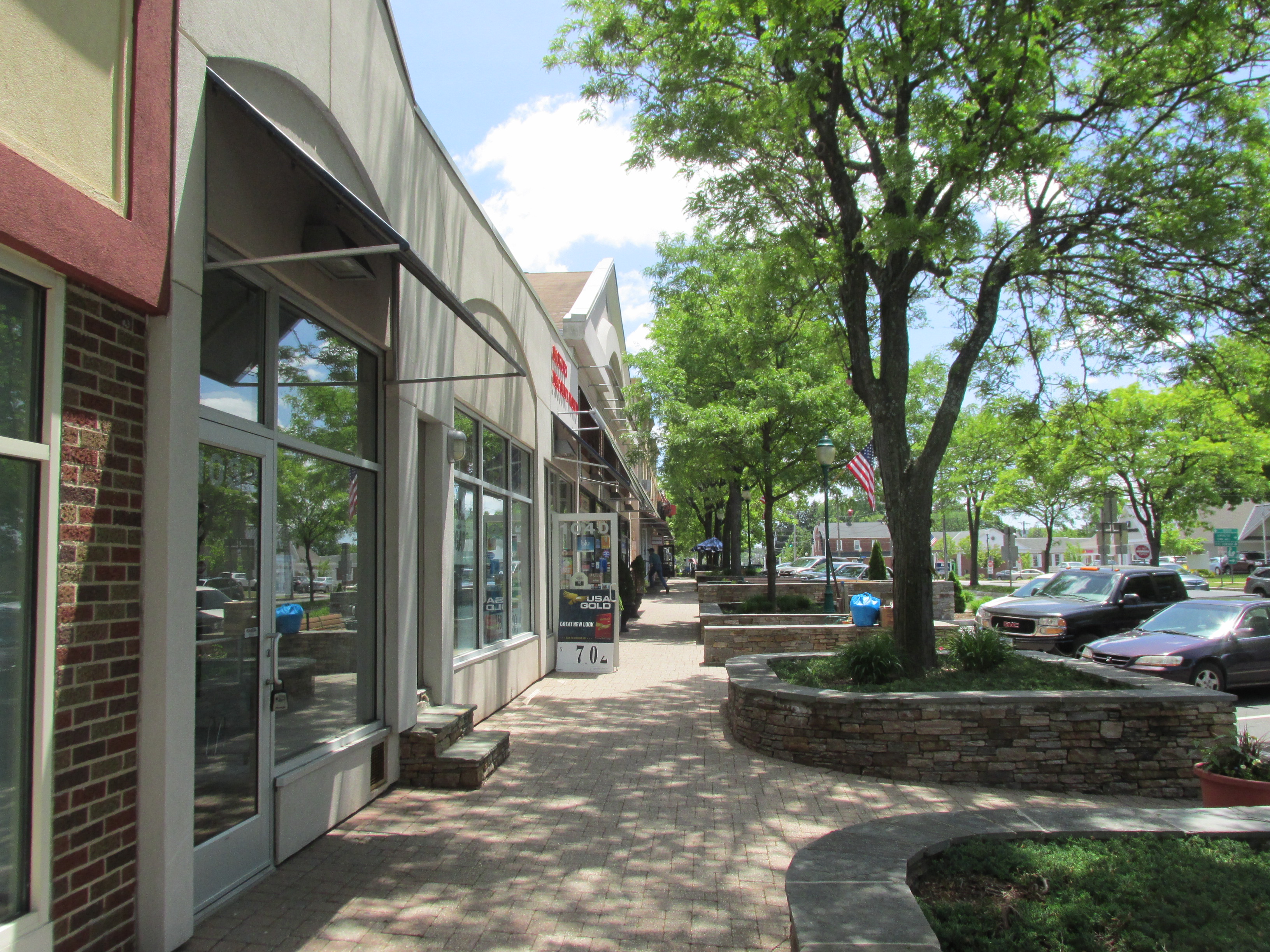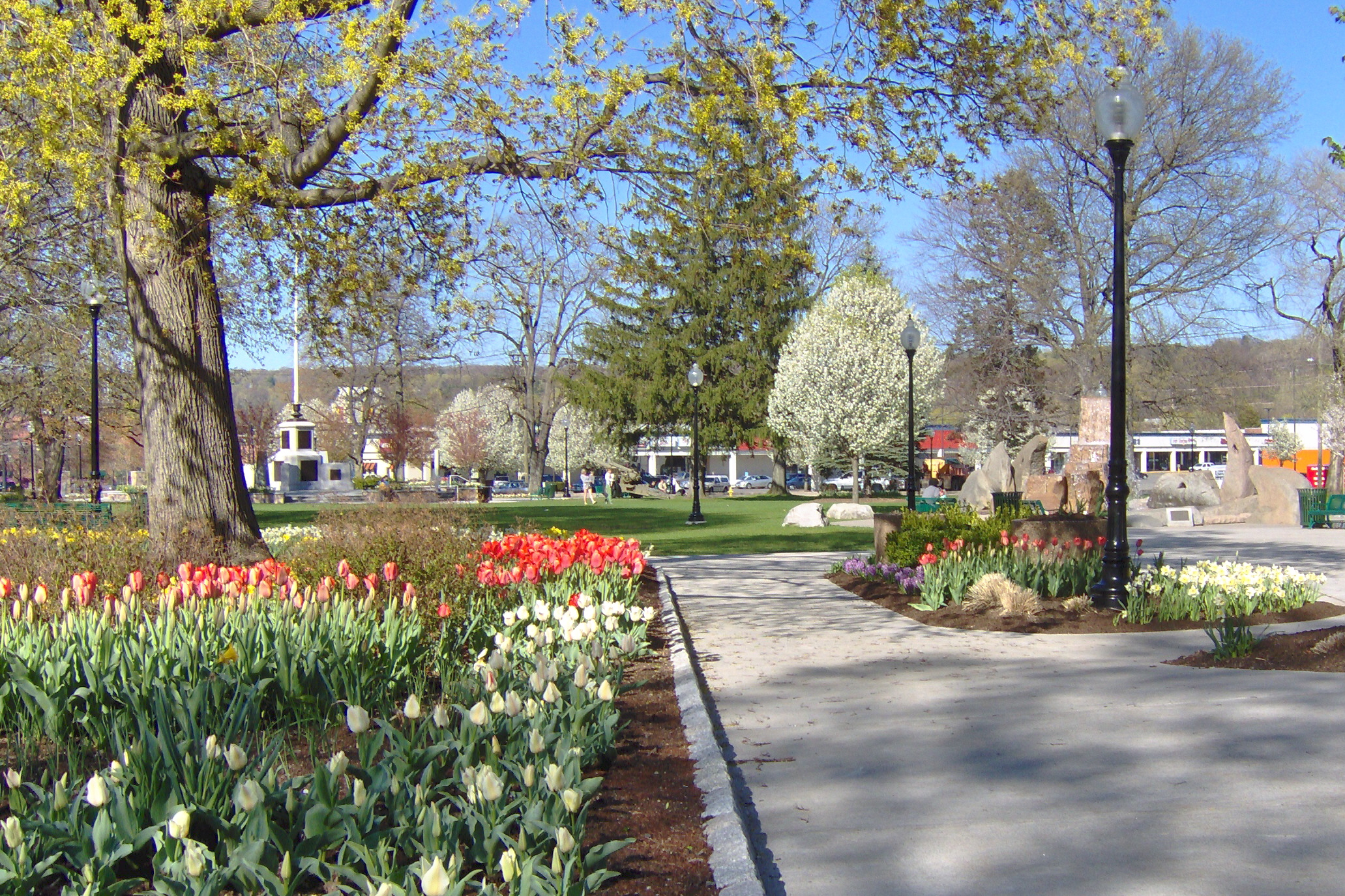
These Historic Towns in Connecticut Are Worth Exploring
One of the original Thirteen Colonies, Connecticut’s Fundamental Orders, written in 1639, is considered the first written constitution of a democratic government in the United States. Incidentally, this historic document was inspired by a sermon from a Puritan minister known to have been among the most eloquent speakers of his day. Delivered in Hartford on May 31, 1638, this well-received homily qualifies Thomas Hooker as Connecticut’s founding father — and marks the beginnings of American democracy. Hence, Connecticut is not only historic but also brims with many historic towns. The following seven historic towns in Connecticut are worth exploring.
Stratford

Boasting a population of about 50,000, Stratford boasts some unique historical landmarks. Boothe Memorial Park, for instance, located a few steps from the main street in Putney, is arguably "The Oldest Homestead in America." In 1914, two eccentric siblings remodeled the family’s main house, a Greek Revival previously constructed in 1840. The brothers would inscribe the words “the oldest homestead in America” on the property’s stained-glass windows. While this claim is sometimes disputed, the fact this house stands on the foundation of a 1663 farmhouse makes that claim probable. That claim aside, Boothe Memorial Park also hosts the last remaining highway tollbooth in Connecticut. Downstreet near the train station, Goody Bassett's Ice Cream is known for its awesome flavors and is named after a woman executed in 1651 for allegedly being a witch. Finally, you may want to check out Lordship Seawall, a scenic overlook that provides beautiful views of the Long Island Sound.
Simsbury

This town and its environs played host to what many historians believe to have been the most devastating conflict in the United States. The fourteen-month rebellion, triggered by concerns over the loss of land by Natives and particularly the execution of three Native soldiers by the colonists, is known as King Phillip’s War. King Philip was the name given to the leader of the Native tribes by the English settlers. A consequential battle took place within the precincts of Simsbury. At a large cave now called King Phillip's Cave — in Talcott Mountain’s Metacomet Ridge — King Philip, the chief of the Wampanoag Confederacy, sat as he watched his warriors burn Simsbury to the ground. Besides, the Old New-Gate Prison (now in East Granby) was known as Simsbury Mine. This facility is both the first chartered copper mine and the first state prison in the country. Finally, the Ensign-Bickford Company is reputed to have produced the world's first safety fuse for mining, an invention credited with saving hundreds of lives.
Newington

At the tail end of the Second World War, American forces invaded a small, 5-mile-long volcano island located about 760 miles from Tokyo. Iwo Jima, translated as “Sulfur Island in English, was the unlikely site of one of the bloodiest battles in Marine Corps history. 27 Medals of Honor were awarded for action on this island — a number that exceeds any other battle in the country’s history. Today, the National Iwo Jima Memorial Monument in Newington is reputed to be the only one in the world built by survivors of the Battle of Iwo Jima. Mill Pond Falls, also within the town's precincts, boasts the peculiar claim of being the smallest waterfall in the country. Remember to check out Montana Nights Axe Throwing, one of New England's largest indoor axe-throwing venues.
South Windsor

A suburb of Hartford, South Windsor is a town of about 26,700 that lies along the longest river in New England — the 410-mile Connecticut River. Beautiful buildings and delicious views are among the features that define the banks of the nation's first "National Blueway. A shopper’s paradise, partly because of The Promenade Shops at Evergreen Walk, this town is home to one of the oldest continuously operated post offices in the United States. This property received its first government post rider in 1783 — 6 years before the inauguration of George Washington as the nation’s first president. This is also the only post office in a historic district. For rare American antique furniture — and a dose of fascinating local history — check out The Wood Memorial Library & Museum. You may want your visit to coincide with the annual gingerbread house festival. Also, check out the Ebenezer Grant House, one of the finest examples of regional colonial architecture.
Torrington

“You save your shame,” Victor Hugo wrote hours before the execution of John Brown — “but you kill your glory.” John Brown’s raid on Harper’s Ferry is reputed to have triggered the events that led to the Civil War and ultimately changed the course of American history. While one may have issues with his methods, his contribution to the cause of human equality is almost unassailable. John Brown was born in Torrington, and the site, one of Connecticut’s first house museums, will evoke a wave of feeling and emotion. You may want to check out the Hotchkiss-Fyler House Museum as well —- to step back in time and learn about the fascinating history of Torrington. Finally, Burr Pond State Park, named for one of the town’s most enterprising sons, is a vast outdoor paradise worth exploring.
North Canaan

The fresh, playful air and beautiful, woodsy landscape that one notices as he strolls the roads of North Canaan present a picture that is at once charming and alluring. Simply known to locals as Canaan, this town features streets, especially West Main Street, that are lined with gorgeous Queen Anne and Italianate-style homes. Beckley Iron Furnace State Park is the only state park in the state focused on manufacturing and is the best place to witness a long-gone technology. Additionally, the Canaan Union Depot, built in 1872, could be the oldest operating Union Station in the United States — besides being the country’s largest Victorian railroad station. Finally, The Samuel Forbes Homestead, located at 89 Lower Road and dates back to 1754 — honors the first person with a forge on the Blackberry River.
Milford

If you visit the Milford Cemetery, you will notice a brownstone monument in the southwest section of the property. Erected in 1852, the Soldiers' Monument celebrates the efforts of an individual who cared for about 200 men the British had captured in 1777 — and immediately released on realizing they had contracted smallpox. Also, built around 1700, the Eells-Stow House is considered Milford's oldest surviving building. And because it was founded in 1639, just 19 years after the Mayflower’s landing at Plymouth, Milford is one of the oldest cities in the country. Liberty Rock, a 10-foot-tall boulder from where sentinels could see as far as Long Island Sound, was once used as a lookout point by Revolutionary War militiamen. All these earn for Milford a spot among Connecticut’s most historic towns.
From when an eloquent Puritan minister declared that “the people” are the foundation of government — to when it furnished more than 50,000 men to the Union Army, Connecticut’s history is both rich and fascinating. While cities such as Hartford hog the limelight, perhaps deservedly, other lesser-known towns get criminally neglected or underrated. Among this number are towns such as Stratford, Simsbury, Newington, and South Windsor, which boasts the only post office in a historic district.











